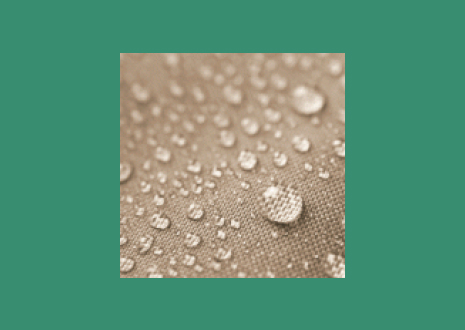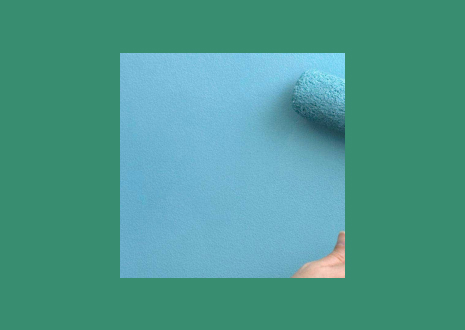Glossary
Fibre brushes
The bristles are usually made of natural vegetable fibres but can also be a mix of natural and artificial fibres.
Fibre brushes often referred to as masonry brushes, are a specific type of paintbrush that is designed to be used with materials and on surfaces an ordinary bristle brush might not be appropriate for.
Fibre brushes are generally large (4 to 6 inches) brushes with long, firm-textured bristle. The bristles are usually made of natural vegetable fibres but can also be a mix of natural and artificial fibres.
A fibre brush is the ideal choice when applying textured masonry paints to external brickwork or render.
A pure fibre brush is also the best choice for applying lime/whitewash because the natural fibres do not soften as ordinary bristles do.
A good quality fibre brush can be expensive but is vital for any project that involves painting rough external surfaces. Due to the nature of the materials, a fibre brush is used for, if they are not properly cleaned they can become easily damaged.

Absorbency refers to the degree to which a surface or marital takes in liquids. Materials with high Absorbency such as matte painted walls, plaster and untreated wood (especially softwoods) take in liquids easily. As a result, this can make them prone to staining, mould and frost damage. Materials that aren’t absorbent like plastics, treated wood, […]

Sheen is a term that is used to describe paints that have a lower level of gloss, therefore a lower amount of light that can be reflected It is typically used as a descriptor when discussing paints that are categorised as satin, silk or eggshell along with others that have lower reflective properties to semi-gloss. […]
Obtain Free,
No-Obligation Quotation